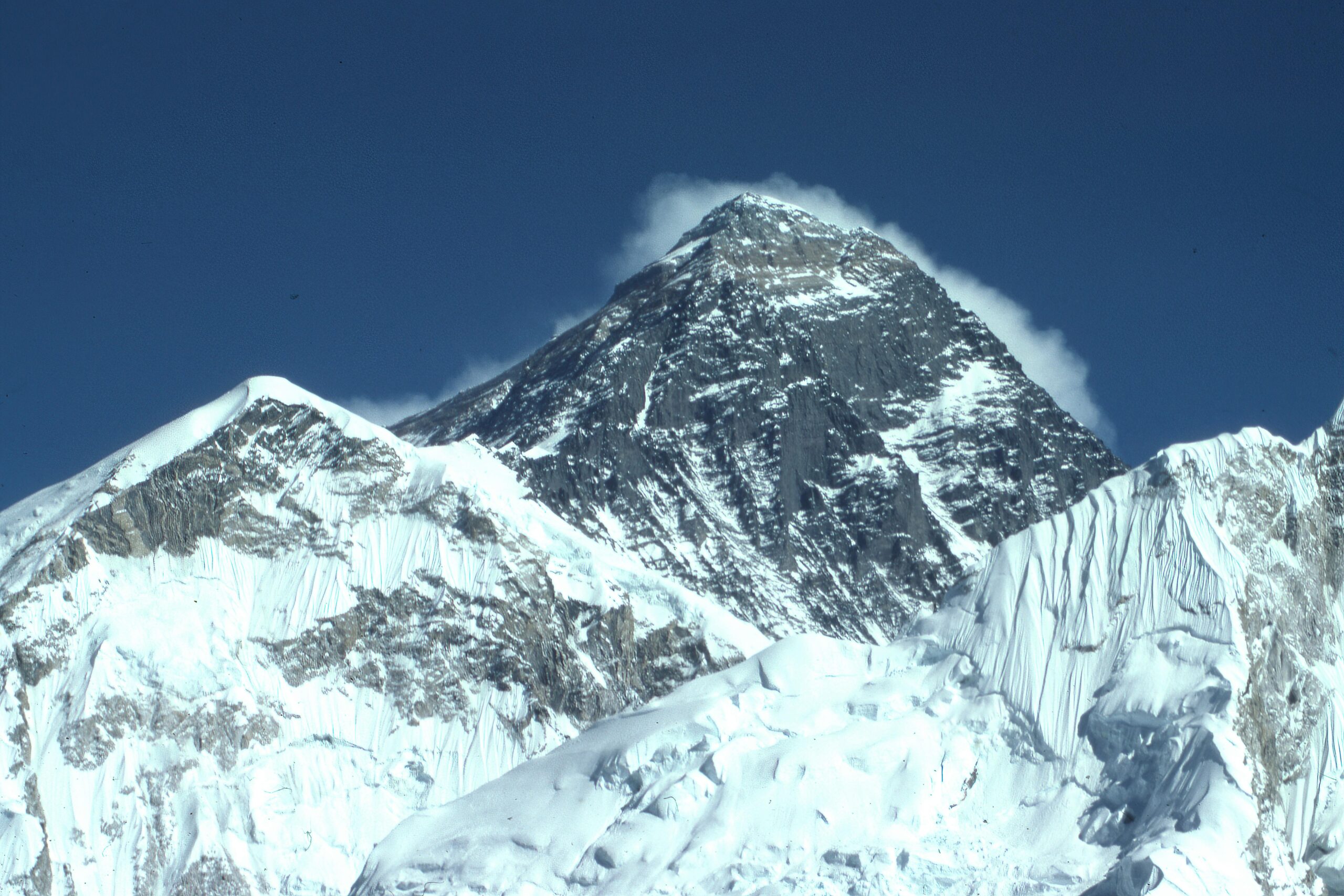Mike M.
April 1th, 2024
Mount Everest, revered as the highest point on Earth, stands as a beacon of human ambition and endurance. Situated in the majestic Himalayas on the border between Nepal and China, Everest’s towering summit reaches an awe-inspiring height of 8,848.86 meters (29,031.7 feet) above sea level. This colossal mountain has captivated the imagination of adventurers and mountaineers for centuries, beckoning them to test their limits and conquer its formidable slopes.
Named after Sir George Everest, the British surveyor general of India, Mount Everest has been the ultimate challenge for explorers seeking to reach its summit. The first successful ascent of Everest’s peak was achieved on May 29, 1953, by Sir Edmund Hillary of New Zealand and Tenzing Norgay, a Sherpa climber from Nepal. Their historic achievement marked a triumph of human determination and teamwork, inspiring generations of adventurers to follow in their footsteps.
Since that historic ascent, thousands of climbers from around the world have attempted to reach the summit of Mount Everest, each facing the daunting challenges of extreme altitudes, fierce winds, and unpredictable weather conditions. Despite the risks and hardships involved, the allure of standing atop the world’s highest peak continues to draw thrill-seekers and adventurers seeking to test their mettle against nature’s ultimate challenge.
However, Mount Everest is not only a playground for adrenaline junkies; it also holds deep spiritual significance for the people of Nepal and Tibet. Known as Sagarmatha in Nepali and Chomolungma in Tibetan, Everest is revered as a sacred mountain, believed to be the abode of gods and goddesses. For the Sherpa people, who inhabit the Himalayan region, Everest is not just a mountain but a source of livelihood and cultural heritage.
Despite its allure, Mount Everest poses significant risks to climbers, with its harsh conditions and unpredictable weather claiming the lives of many who dare to ascend its slopes. Over the years, overcrowding and environmental degradation have also become pressing concerns, prompting calls for responsible and sustainable tourism practices on the world’s highest peak.
Yet, despite the challenges and controversies surrounding Everest, its towering presence continues to inspire awe and wonder, serving as a symbol of human resilience and the indomitable spirit of exploration. As climbers continue to test their limits and push the boundaries of human achievement, Mount Everest remains an enduring symbol of our collective quest for adventure and discovery in the world’s most extreme environments.

